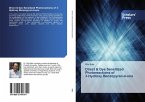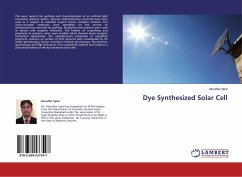Dye-sensitized solar cells (DSSCs) and quantum dot-sensitized solar cells (QDSSCs) are two promising alternative, cost-effective concepts for solar-to-electric energy conversion that have been offered to challenge conventional Si solar cells over the past decade. The goal of this book is to understand the fundamental physics and performance of DSSCs and QDSSCs with improved PCE at the low cost based on rational engineering of TiO2 nanostructures, sensitizers, and electrodes through an integrated experimental and modeling study, including three aspects: (1) Effects of surface treatment and structural modification of photoanode on the performance of DSSCs; (2) The use of earth abundant, environmentally friendly quaternary Copper Zinc Tin Sulfide (CZTS) as a low-cost alternative to noble metal Pt as the counter electrode (CE); (3) Simulation of the light harvesting ability of TiO2 nanotube solar cells coated with CdSe and PbSe QDs and the charge injection at the interfaces of TiO2 substrate and quantum dots.
Bitte wählen Sie Ihr Anliegen aus.
Rechnungen
Retourenschein anfordern
Bestellstatus
Storno








